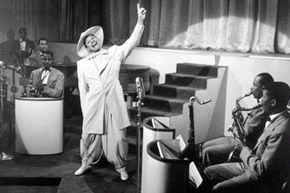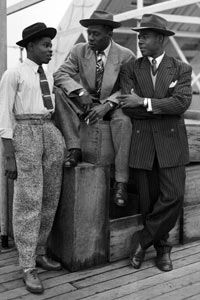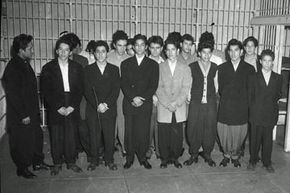Just about every generation has had a fashion that makes a statement, both about the person wearing the clothes, as well as society. Many of the hippies who streamed into Woodstock and the Haight-Ashbury neighborhood of San Francisco during the 1960s wore bell-bottom pants and tie-dyed shirts meant to convey a message of peace. Subsequent generations of punk rockers and hip hop followers also decked themselves out in garb that sent messages, albeit ones often more combative than that intended by the hippies.
Decades before any of these fashions were interpreted to be either an attack on or protest against the status quo in American society, was the zoot suit. The rather snappy looking suit of the 1930s and 1940s transcended simple fashion and spawned controversy and debate about everything from youth and culture to patriotism and even racism.
Advertisement
Worn by iconic figures like Cesar Chavez, Malcolm X and Cab Calloway, zoot suits were even a central aspect in a series of riots -- known now as the Zoot Suit Riots -- in Los Angeles in the summer of 1943 [source: Peiss]. Some of the largely African-American and Hispanic young men who wore zoot suits at that time regarded them as symbols of defiance and resistance toward what they considered to be a hostile and oppressive society -- a message that some wearers of zoot suits in more recent times have also meant to convey.
Click ahead to learn more about the history of zoot suits.
Advertisement





